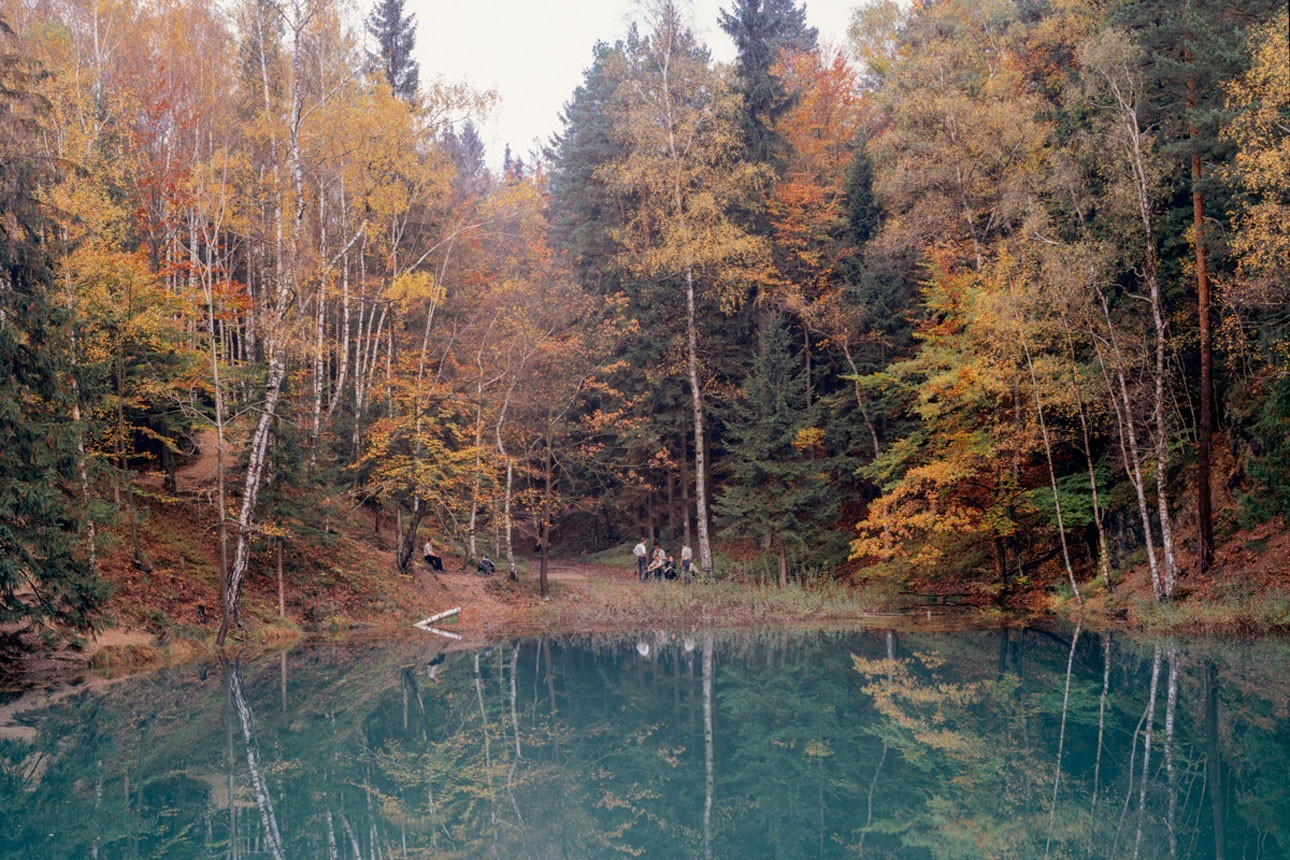
The Sudetes: Desolate Mountains in Michal Sierakowki’s Project

Born in Wroclaw, lives in Warsaw. Studied photography at the University of Arts in Poznan. Uranium series was his graduation project. The project was nominated for the Poznan Photo Diploma Award 2014–2015 and won the LensCulture Emerging Talent 2015 contest. Sierakowski participated in the International Summer School of Photography 2015, where he was mentored by Alexander Gronsky.
I started working on Uranium more than two years ago. Firstly, I was really attached to those mountains in which the story of my project takes place (The Sudetes — mountains in Poland, Czech Republic and Germany. — Ed.), I used to visit them every now and then to do some trekking or just to breathe some fresh air and find relief from urban life. And the second reason was that I was always in love with this special kind of romantic, post-apocalyptic places like quarries, mines, industrial ruins and so on. And the Sudetes have all of that. I think I was pretty intuitive when I was choosing places to visit, but after some time I discovered this really interesting story of uranium mining, which really moved me. The Uranium project is about people draining these lands to the last drop with their cynical exploitation.
Suddenly Kowary, which was the central mining city of the region, flourished with modernization fueled by Soviet money. They built an entirely new, modern housing estate to accommodate the miners with a fully-equipped elementary school and high school, a culture center with a theater and cinema and a hospital. Common miners were earning as much as 4 times a salary as the director of a middle-sized factory or industrial plant in other parts of Poland! Though almost no one worked there for more than a few months - people were dying in mining accidents, destroyed by NKVD, many died of cancer and other awful diseases.
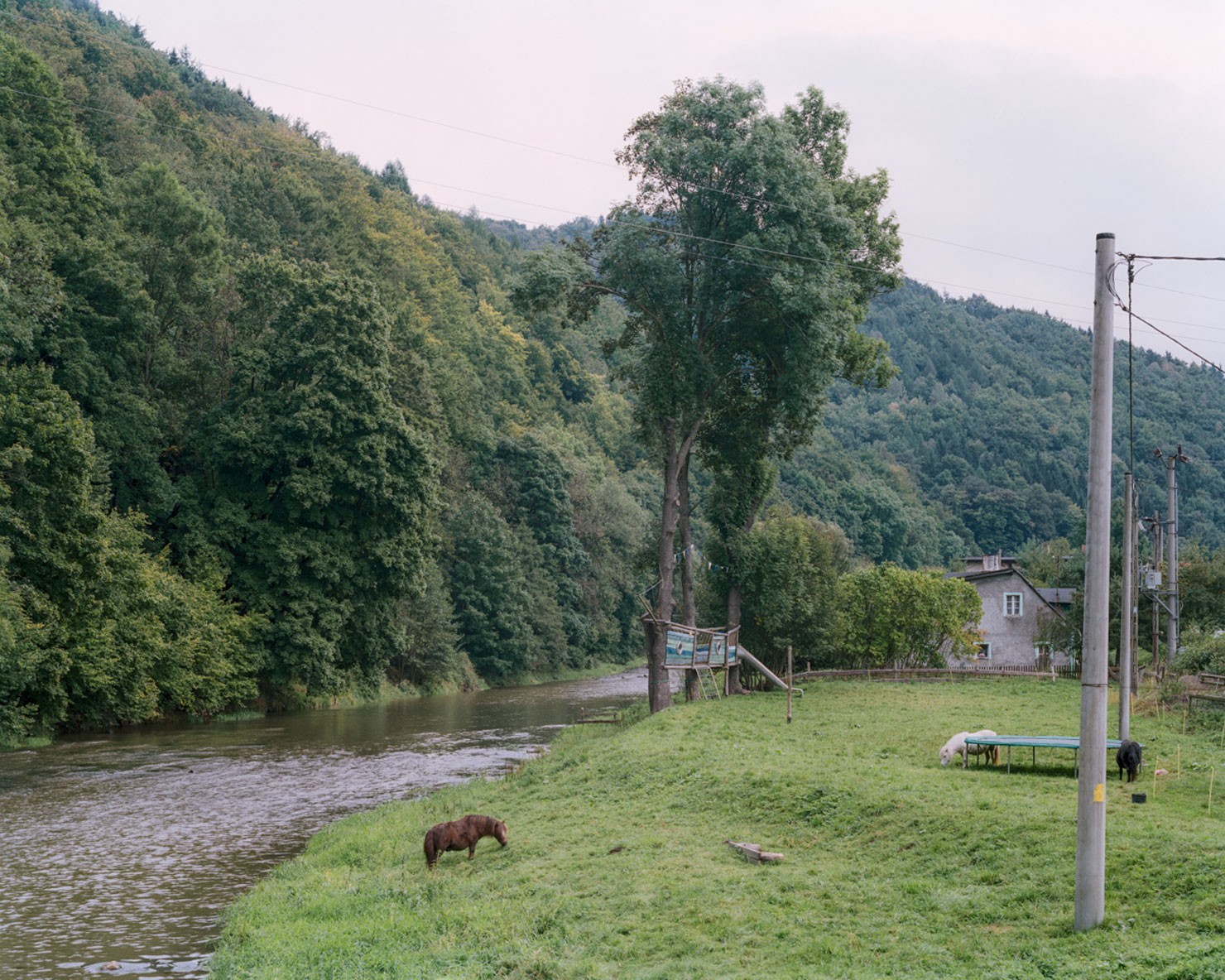
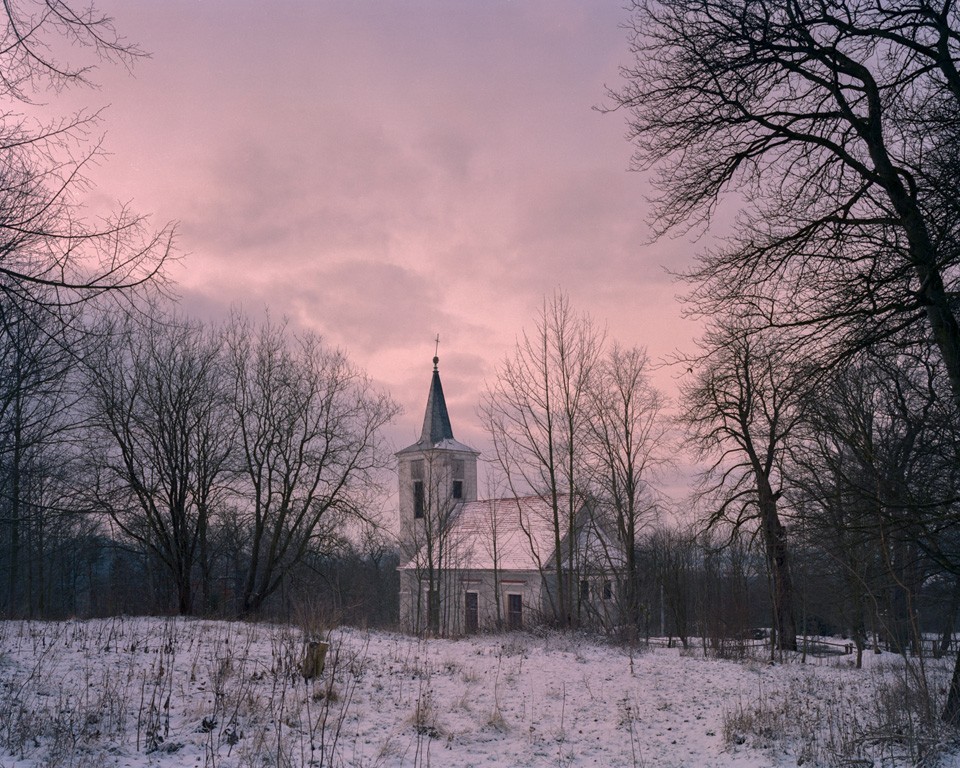
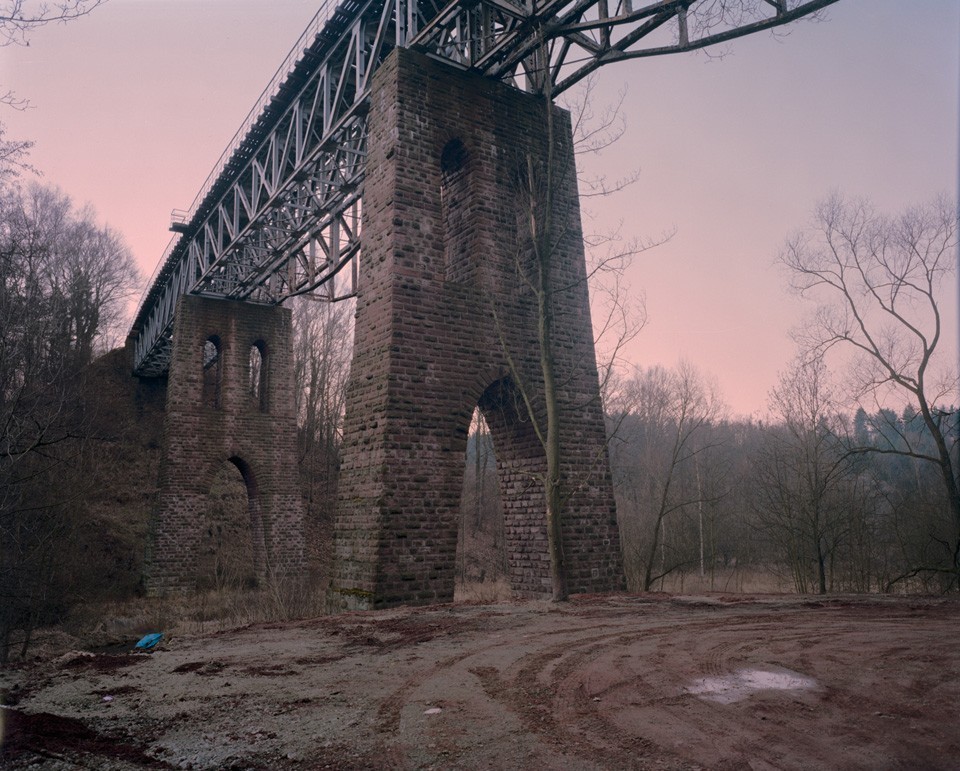
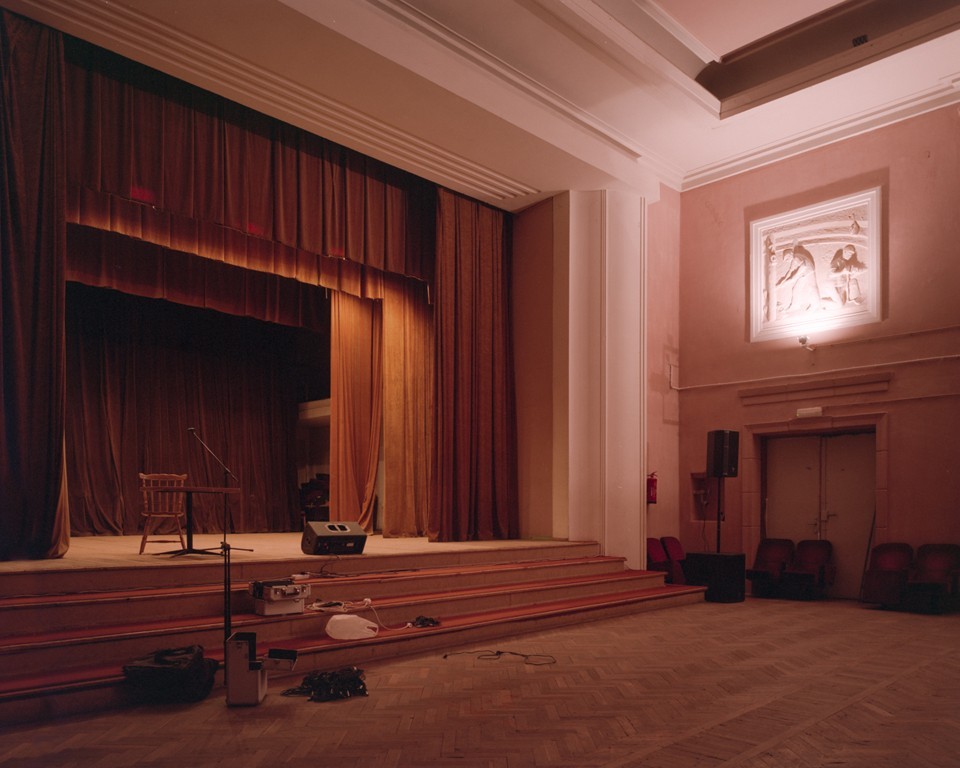
In just a few years they extracted so much ore that after processing and enriching it, it would give the Soviets 1000 tons of metallic uranium (equivalent of 20,000 bombs dropped on Hiroshima!). Soviets run the mines dry by the end of the middle 1950s. The region was known not only for uranium mining, but also for coal, copper, basalt, granite mining and a many other minerals. The 1990s (the wild capitalism period) put an end to all of the mining, and the uranium was already the song of the past back then. The region was forgotten, and how it is all unemployment and poverty here. If you walk around, you can find thousands of mines in the forests and fields here.
This is not regular documentary work.
Some of the people in this series are directly linked to the story of uranium, and some are just locals who simply live within this story. For instance, I met a former mine director, a geologist, who in the 1960s was responsible for building the mines, the search and the processing of resources. He now instructs the tour guides - he tells them the story of the Sudetes and ore mining.
I don’t snap, I don’t take pictures, I make them. A larger format 4x5 film gives me a tremendous amount of details, a beautiful palette of colours, and literally lets me feel the space or a person. Neither digital photographs nor a middle-sized format would give me such image quality. Also, with film and a large format I become more picky when it comes to taking pictures - I start to think about framing, composition, about the reason why I’m taking that picture and of what use this exposure will be for my project. As the author, I get to include several levels of meaning and hidden symbols into a photograph, which are the best for relating the story of a bygone era.
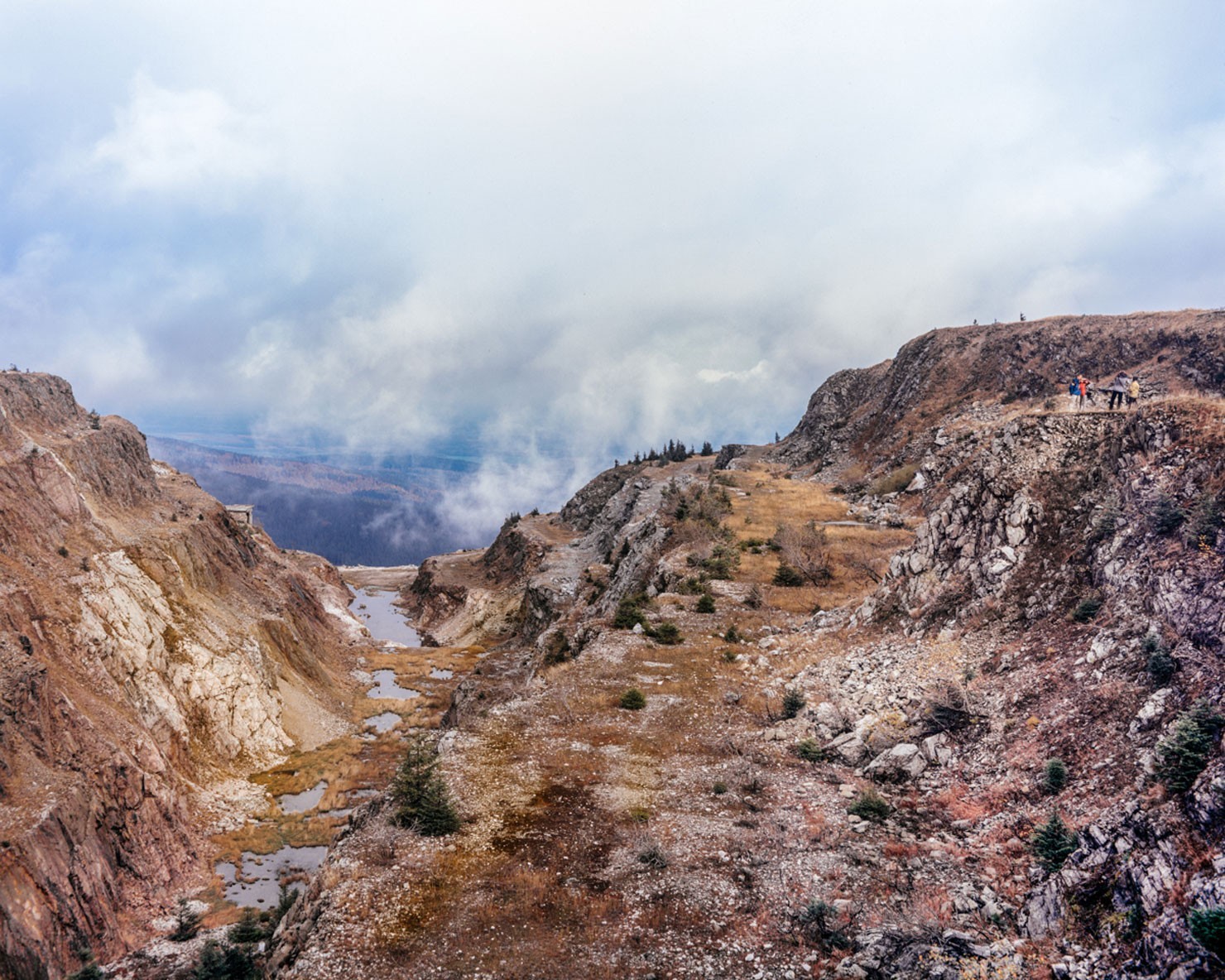
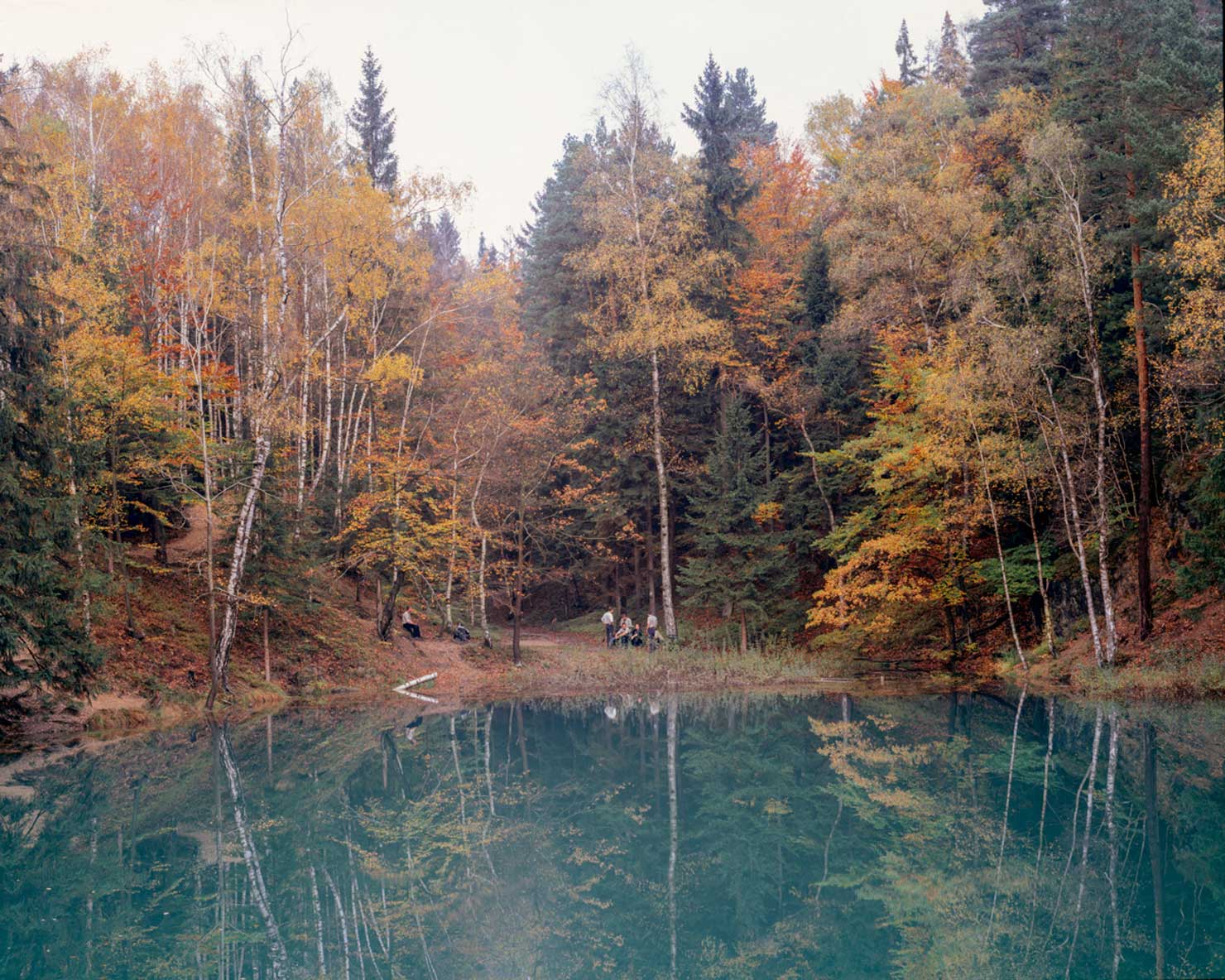
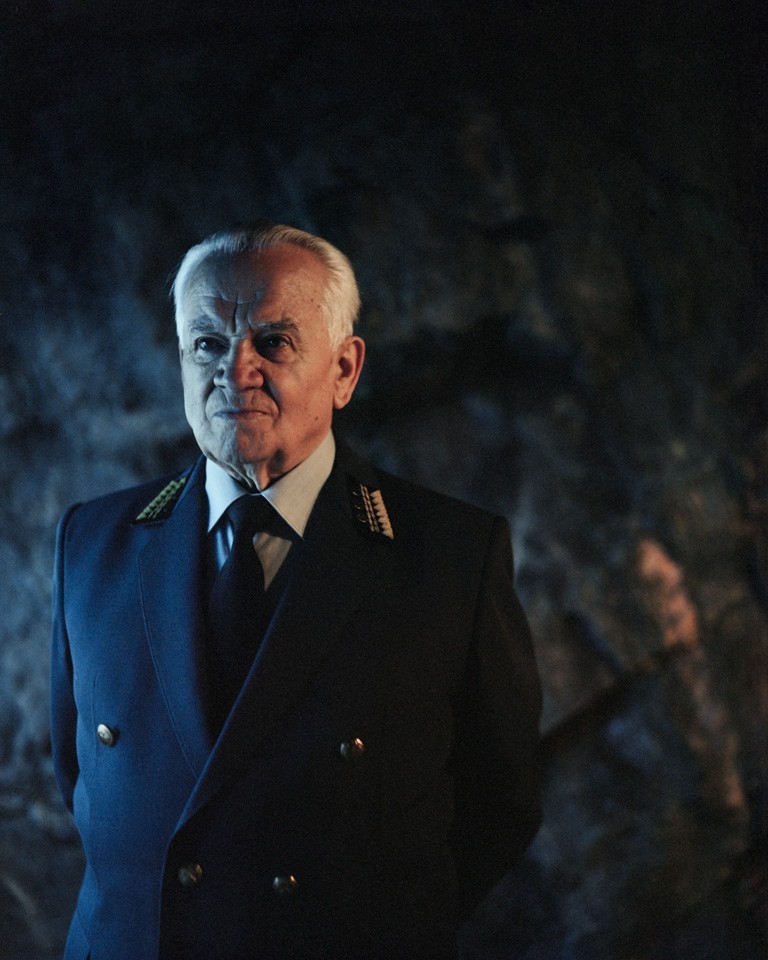
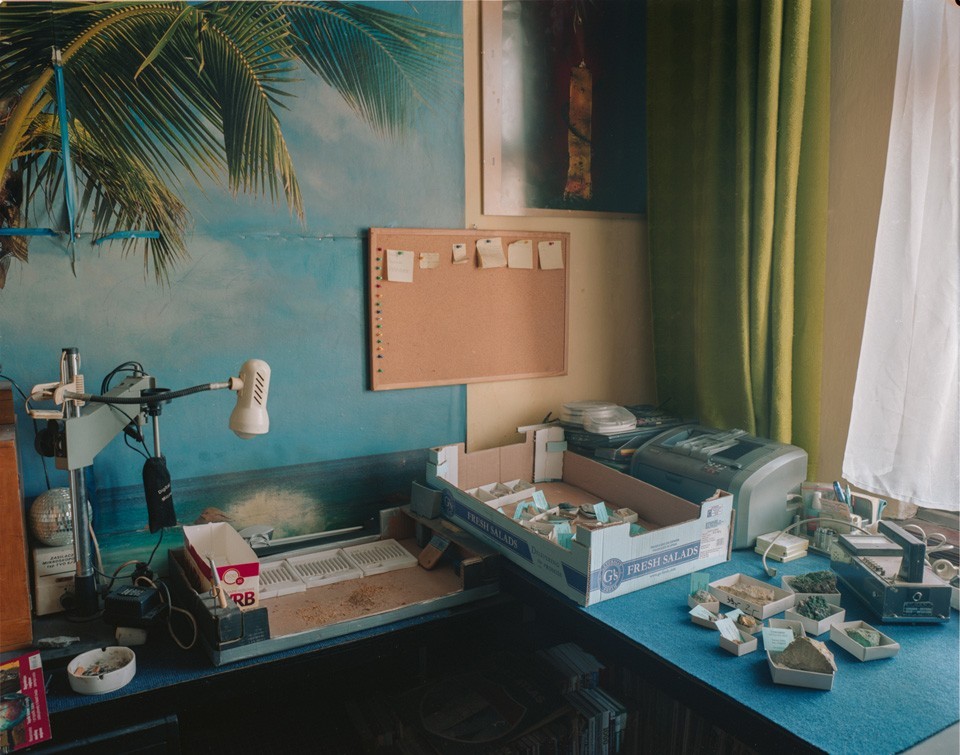
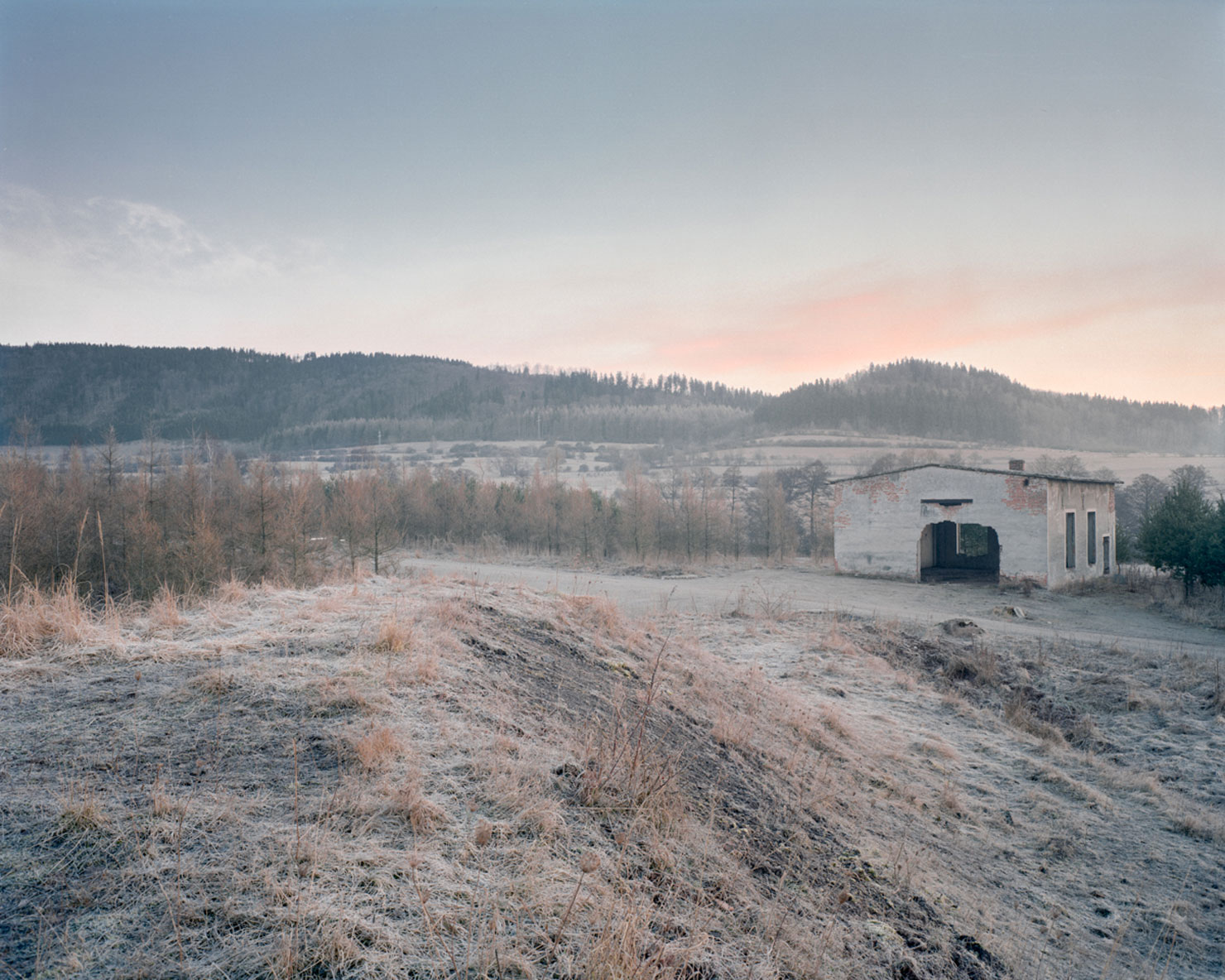
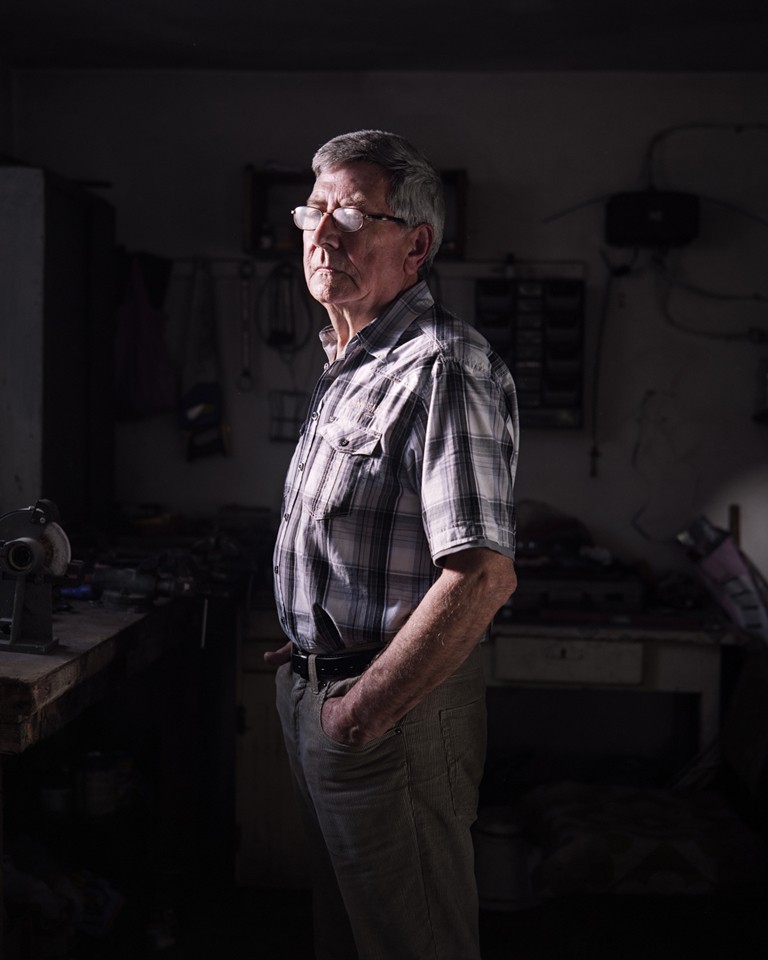
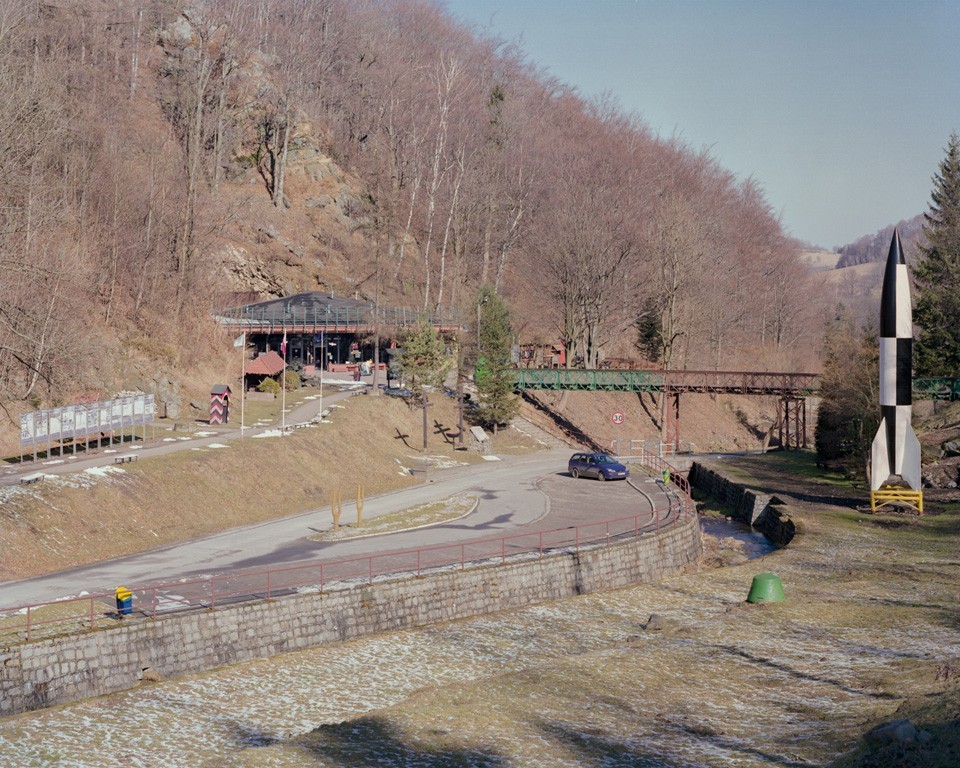
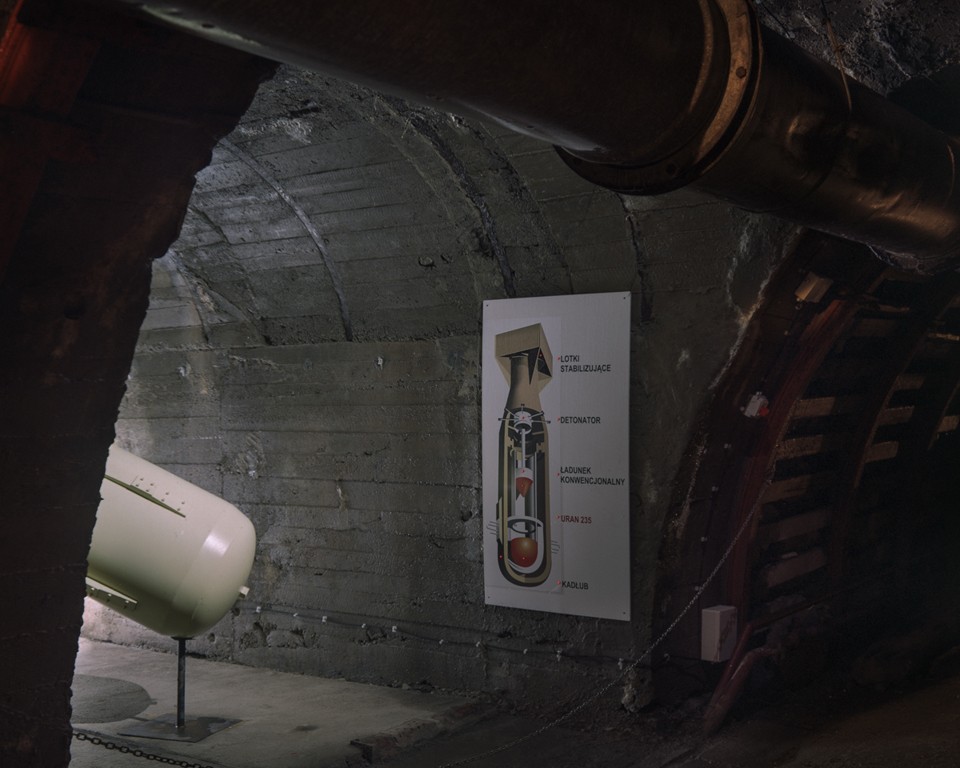
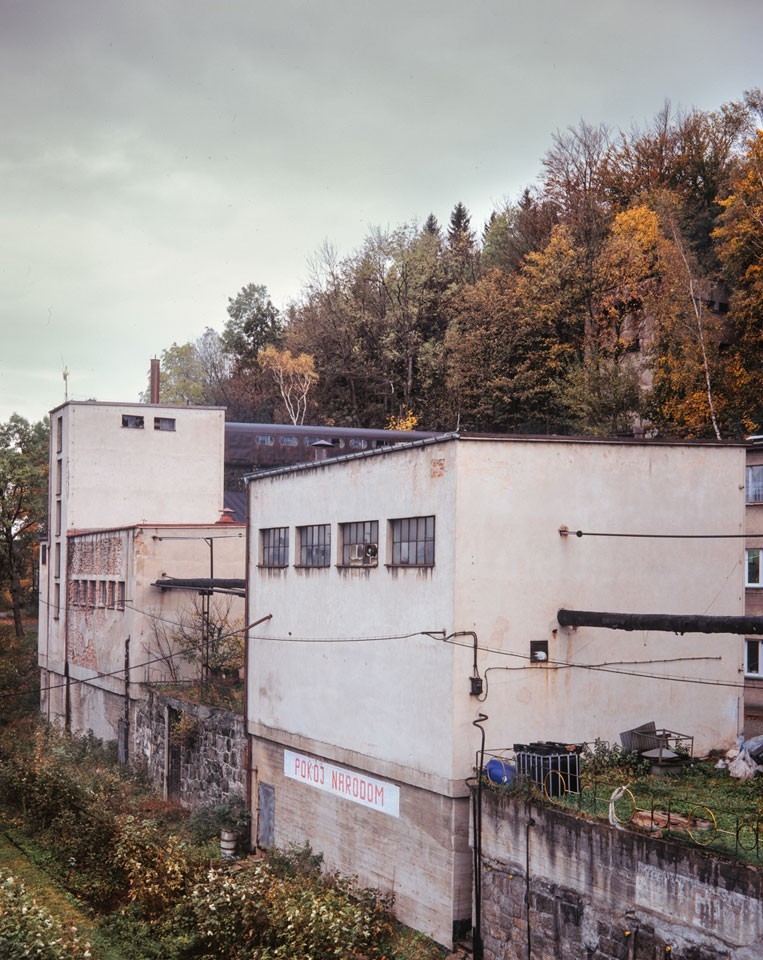
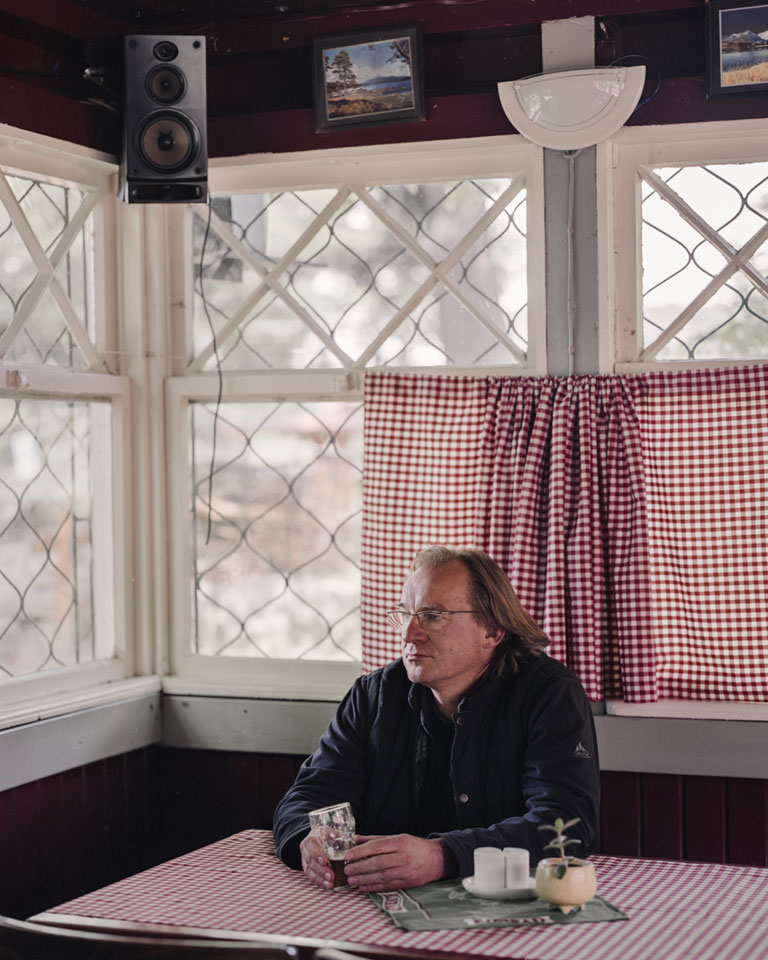
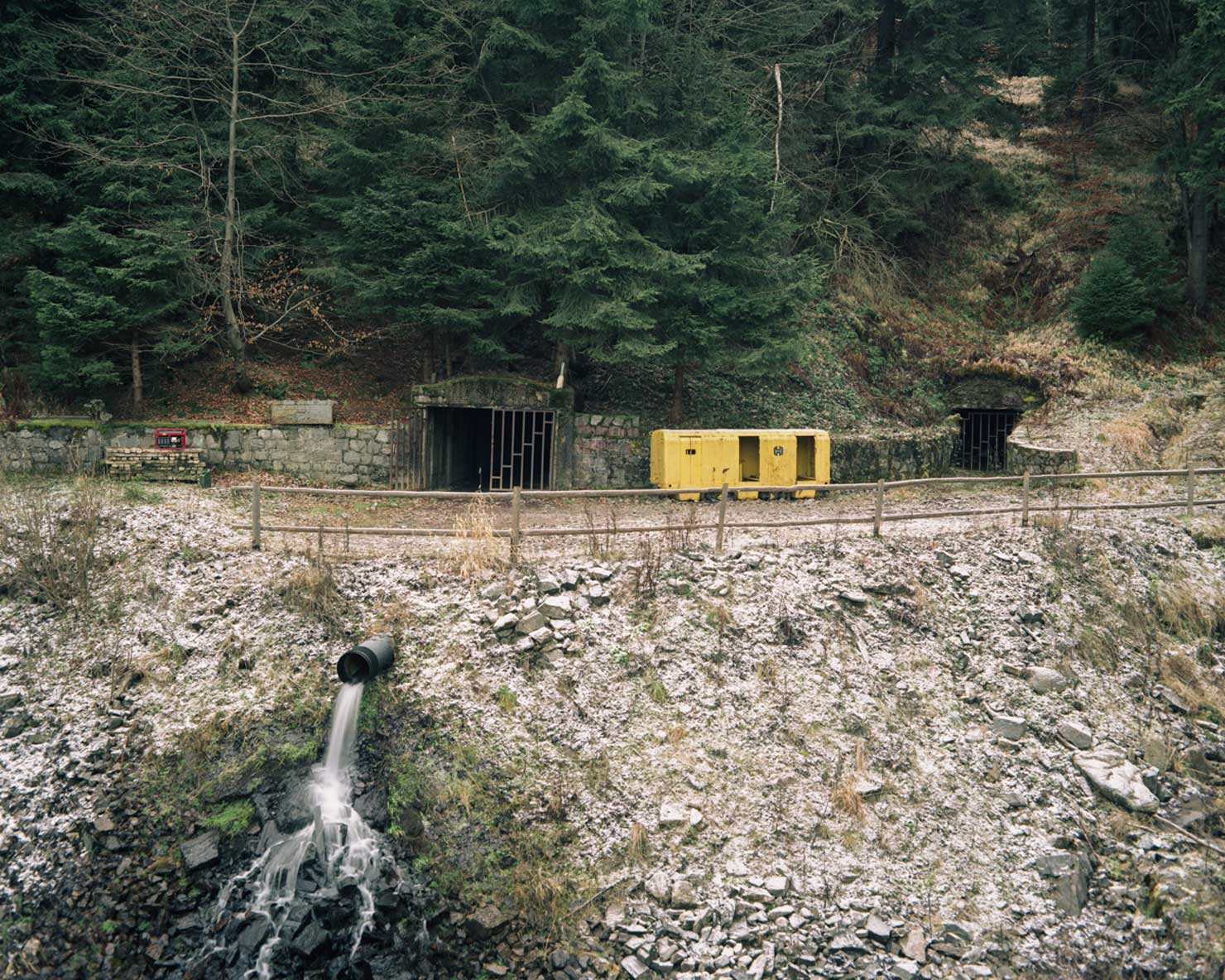
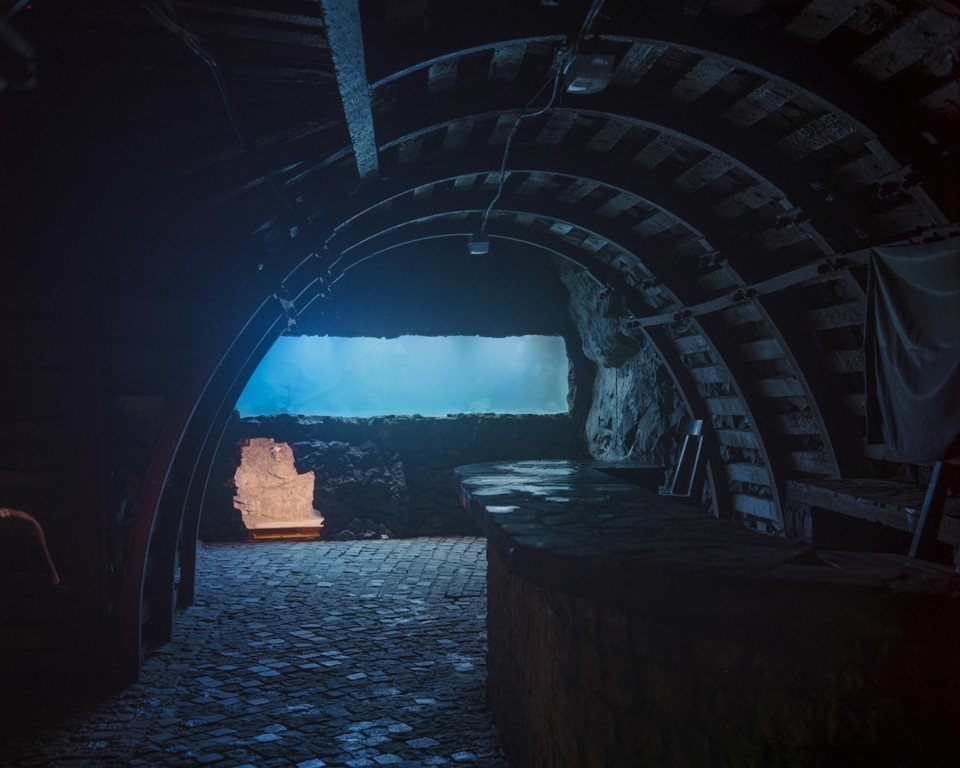
New and best




